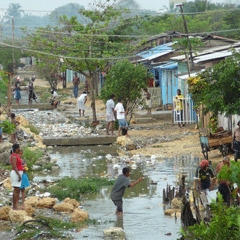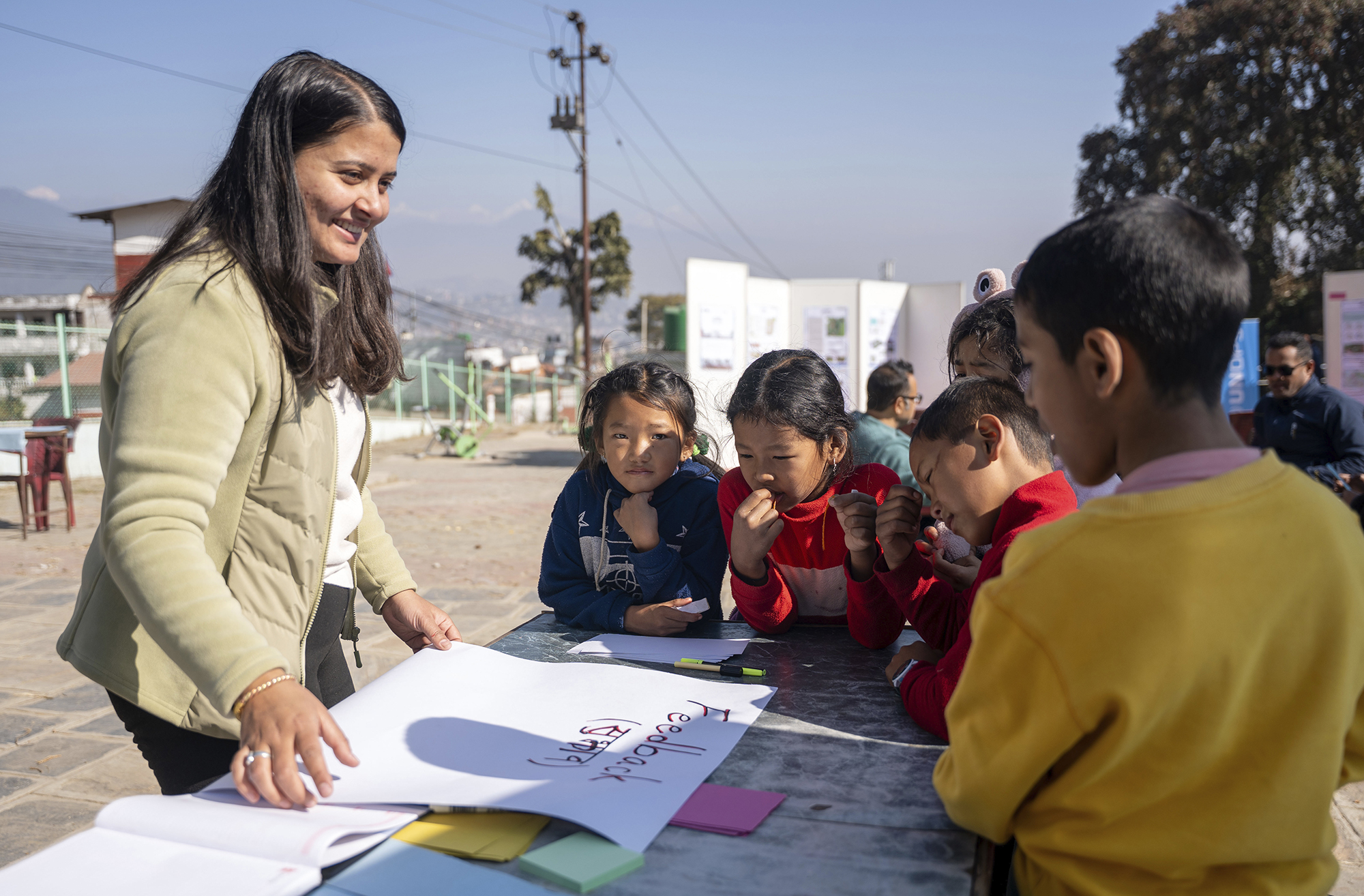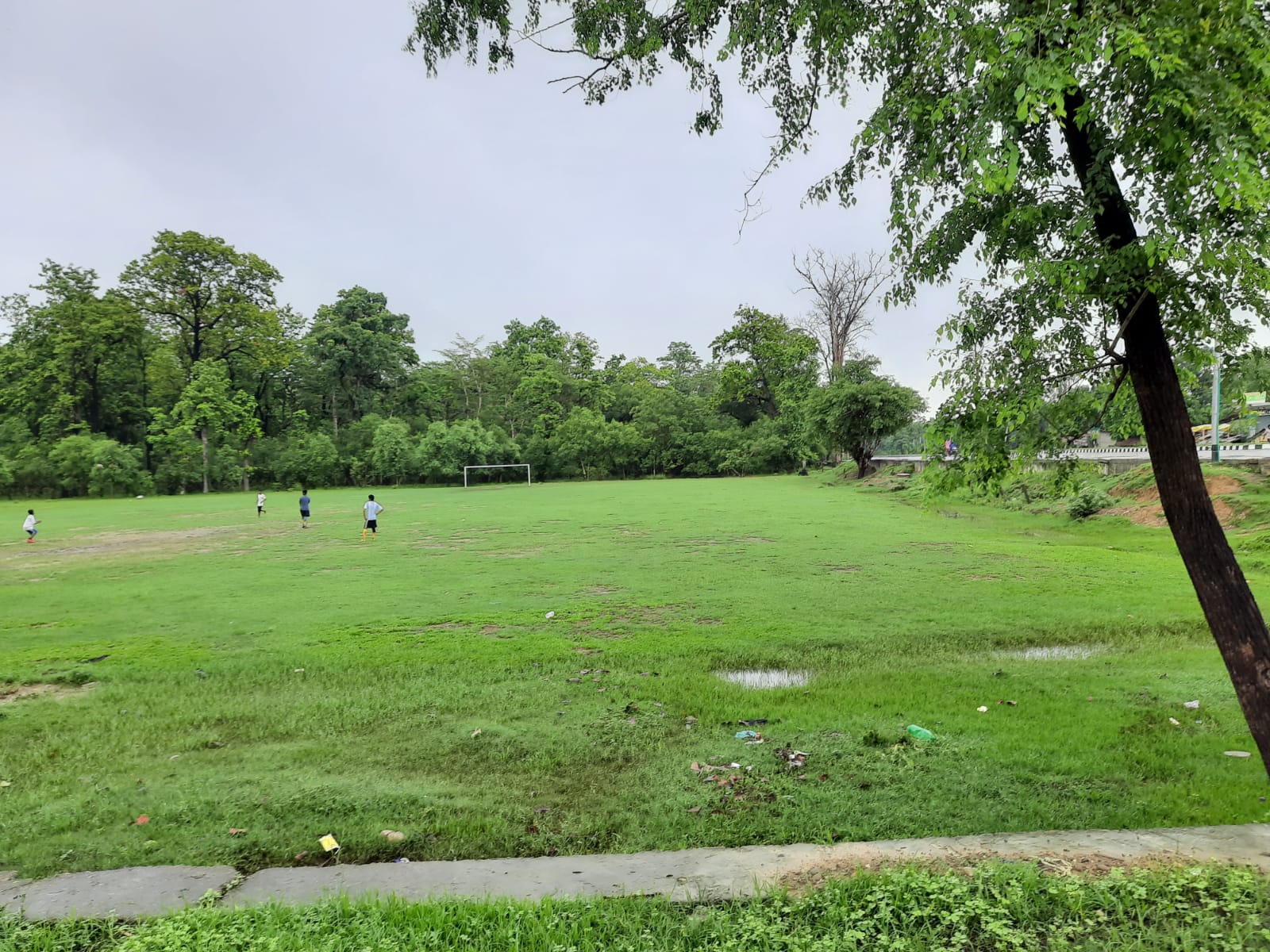
|
| Informal neighbourhood in Medellin, Colombia. Photo: Andrea Merrick/Cities Alliance |
[4 March 2013] -- Slums are among the least well understood places on earth, in large part because they are among the most complex places on earth. In the latest issue of Affordable Housing Innovations, David A. Smith explores 12 different definitions of slums used by the Affordable Housing Institute, all of them incomplete and all of them true.
Some highlights:
- The concept of slums in the emerging world—informal, self-built, and organised by residents—is very different from that of the developed world, where slums are usually formal and operated by the government.
- Emerging world slums are some of the most highly dense, low-rise, substandard, and unhealthy environments on earth.
- It’s expensive to be poor. Slums extract wealth from their slum dwellers: it costs money to sleep on the pavements of Delhi or Mumbai, and people are often forced to pay high prices for protection and basic services, such as water.
- Physical reality and legal documentation are often wildly at odds. Kibera, the largest slum in Africa, is not shown on the map of Nairobi, which instead lists the area as a lake abutting the Nairobi Dam.
- Slums are amazingly smart and resilient, able to evolve and adapt with extraordinary speed. A slum leveled by a storm or dictator can be rebuilt in a week.
|
|




